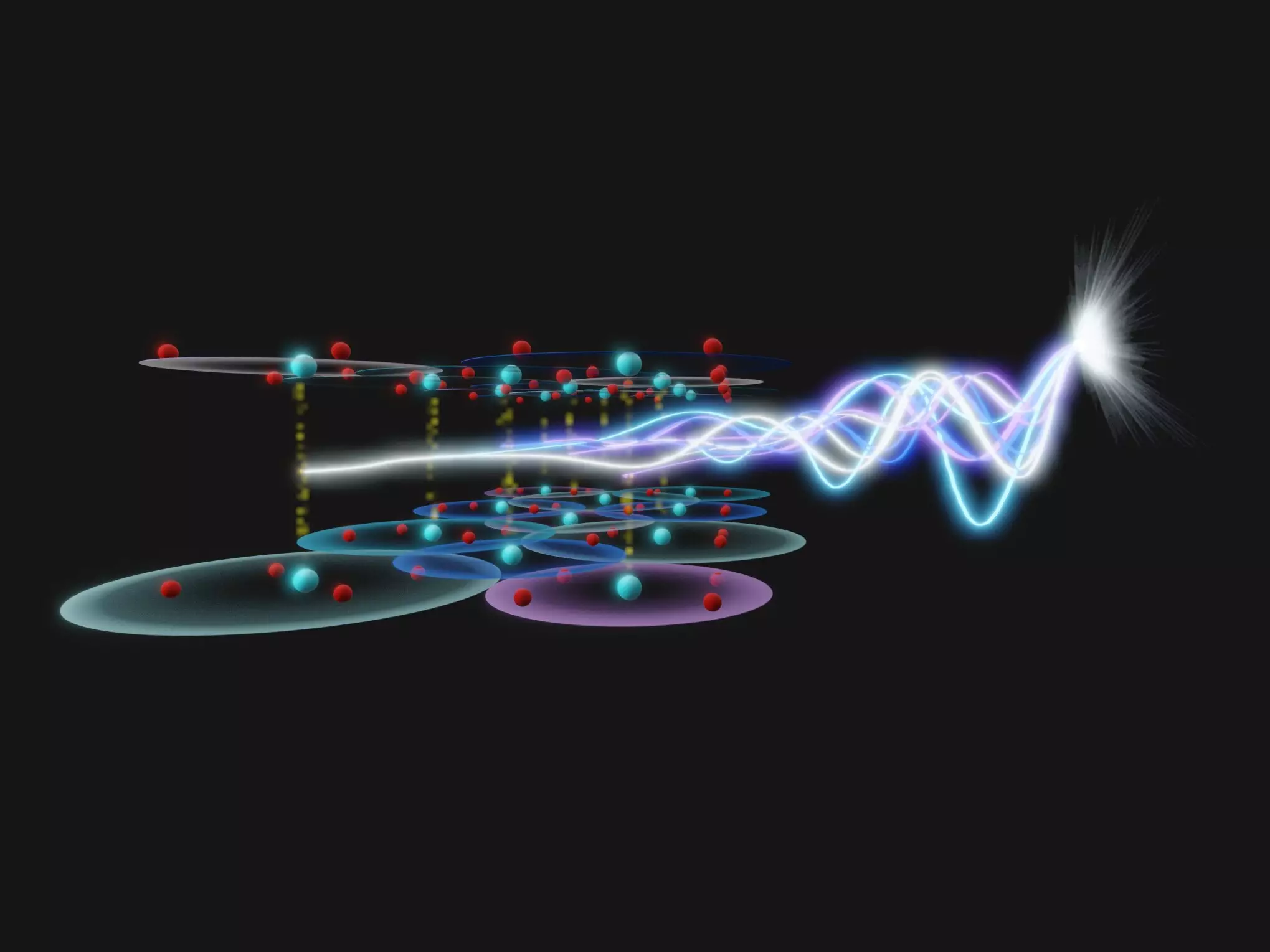The recent research led by a collaborative team from the Max Planck Institute for the Structure and Dynamics of Matter (MPSD) and Brookhaven National Laboratory has taken a significant step in understanding the complex behavior of disorder in superconductors. Utilizing terahertz (THz) pulses of light, the researchers have offered a novel method of investigation that addresses the intricate relationship between disorder and superconducting properties. This development, published in *Nature Physics*, brings forth a method capable of analyzing the evolution of disorder in transport properties in relation to the superconducting transition temperature—an achievement previously hindered by conventional techniques.
Disorder plays a crucial role in the properties of materials, especially in the realm of high-temperature superconductors. These materials, which exhibit superconductivity at temperatures approaching -170°C, are significantly affected by variations in their chemical composition. Traditional investigative techniques, such as scanning tunneling microscopy, have been limited to extremely low temperatures where disorder is studied with high spatial resolution. Yet, this limitation has led to a profound understanding void, particularly in the vicinity of the superconducting transition where most conventional tools fall short.
The innovative approach adopted by the MPSD research team borrows from multi-dimensional spectroscopy techniques originally designed for nuclear magnetic resonance (NMR). By adapting these methods to terahertz frequencies, researchers were able to investigate collective modes in solids, culminating in the development of two-dimensional terahertz spectroscopy (2DTS). This sophisticated technique offers the advantage of exciting materials with sequenced THz pulses in a collinear geometry, enhancing the capability to potentially isolate specific nonlinearities correlated with their emission direction.
Focusing on the cuprate superconductor La1.83Sr0.17CuO4, the researchers pushed the boundaries of traditional methods by utilizing an angle-resolved 2DTS technique in a non-collinear geometry for the first time. This nuanced adjustment allowed for differentiation in terahertz emissions, leading to remarkable findings. Notably, the researchers discovered “Josephson echoes”—a phenomenon in which the superconducting transport was rekindled post-excitation. This finding challenges previous assumptions about disorder, suggesting that the transport disorder was lesser than what was observed in the superconducting gap via spatially resolved techniques.
A significant breakthrough in the research highlights that the disorder in superconducting transport remains surprisingly stable—extending to an impressive 70% of the transition temperature. This observation is pivotal in understanding the stability of superconducting properties in the face of disorder and sheds light on the dynamics of high-temperature superconductors. By challenging preconceived notions about the correlation between disorder and superconducting behavior, this research opens up a window into previously unexplored territories.
The multifunctionality of the angle-resolved 2DTS technique promises exciting avenues for future research. Applications could extend beyond just cuprate superconductors, potentially encompassing a variety of quantum materials. Furthermore, the ultrafast nature of 2DTS provides an avenue to explore transient states of matter that remain elusive to traditional disorder probes. The implications of this work could reshape perspectives on disorder in condensed matter physics and prompt further investigations into the microscopic mechanisms underlying superconductivity.
Through innovative use of terahertz spectroscopy, researchers have made significant strides in the understanding of disorder in superconductors. By overcoming the limitations of conventional techniques, they have revealed new insights that could transform the field of condensed matter physics. The advancements exhibited in this study not only augment our comprehension of high-temperature superconductors but also pave the way for novel experimental methods in the exploration of complex materials. As these researchers continue to develop their techniques, the potential for groundbreaking discoveries in the realm of superconductivity and quantum materials becomes ever more promising.

